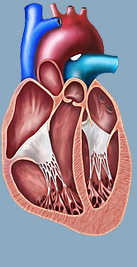
Call right away if you notice
- A lot of bleeding or drainage where the catheter comes out of your arm.
- Redness or swelling where the catheter comes out of your arm.
- Pain, soreness or swelling of the arm with the catheter.
- Pain or discomfort when IV solution fluids are put into your catheter.
- Chest pain or discomfort while your catheter is in place.
- Catheter movement either in or out of its place in your arm.
- If you have a catheter leak or accidentally break or damage the catheter, fold and tape the catheter between the break or leak and where the catheter comes out of your arm.
Call First Response at 866-604-0911
Education Overview
A PICC line is, by definition and per its acronym, a peripherally inserted central catheter. [...]
Peripherally inserted central catheter is a form of IV access. [...]
Long-term central venous
access is essential for managing patients with cancer,
certain congenital malformations, gastrointestinal malfunction,
as well as for those who need long-term access to medications
or blood products. [...]
PICC Use and Care for the Home Patient

PICC lines are quite easily maintained, with dressing changes normally required weekly and flushing lines with one or two solutions at recommended intervals depending on its use and catheter design. Many patients are taught self-care making them less dependent on PICC nursing teams, specialist vascular nurse or home health care providers.
Minimizing problems with PICC lines guidelines:
- Do not allow any sharp objects near the line.
- Do not clean the skin near the line with any acetone containing cleanser.
- Keep the insertion site and dressing dry.
- Do not go swimming as swimming pools not only harbor bacteria but a wet dressing is an ideal medium for bacterial growth.More


